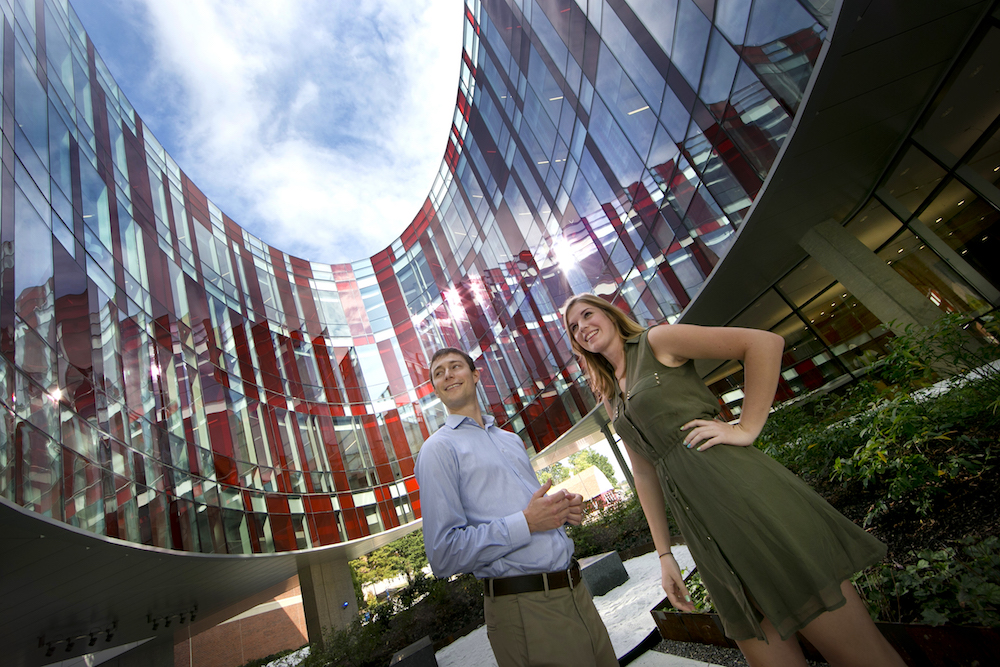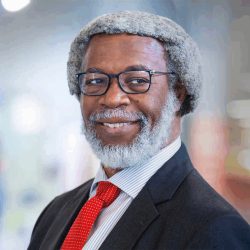Physical Sciences Complex
The Physical Sciences Complex (PSC) will provide 160,246 square feet of space for collaborative efforts with nearby federal agencies, including the Joint Quantum Institute (Physics and the National Institute of Standards and Technology) and the Joint Space-Science Institute (Astronomy, Physics and the NASA Goddard Space Flight Center), and a growing collaboration between the Institute for Physical Science and Technology, and the National Institutes of Health and CMNS’s Biophysics group. Phase I (the first of three proposed phases) was completed on March 22, 2012, and researchers started moving in December 2013.
 "The PSC will provide a central focus on campus for imaginative minds and creative hands—a place where we can grow through interactions between scientists and engineers, mathematicians and philosophers," says Rajarshi Roy, Director of the Institute for Physical Science and Technology. "Learning is not compartmentalized; to understand nature, we need to bring all our senses to a heightened awareness and listen to the universe and to life at all levels."
"The PSC will provide a central focus on campus for imaginative minds and creative hands—a place where we can grow through interactions between scientists and engineers, mathematicians and philosophers," says Rajarshi Roy, Director of the Institute for Physical Science and Technology. "Learning is not compartmentalized; to understand nature, we need to bring all our senses to a heightened awareness and listen to the universe and to life at all levels."
The innovative design of the new building creates an atmosphere where scientific interaction will happen easily and naturally among students and faculty. Functional and imaginative, the design is highlighted by a multi-story elliptical glass cone open to the sky. Passing through the center of an elevated area of offices, the cone provides natural lighting for the collaborative space and the corridors at each level.
"This building sets the tone for the future. The whole structure is designed to create opportunities for interaction and collaboration," says Stuart Vogel, Chair of the Department of Astronomy. Robert Dorfman, senior member of IPST and former CMNS dean, comments, "There is a certain element of human chemistry in research efforts; interaction is important in stimulating new ideas and directions. The new building will facilitate cross-disciplinary interaction and make it possible for scientists to talk with each other naturally."
The space around the ellipse on the upper floors is much wider than a normal corridor, and is designed to encourage and stimulate scientific conversation. "We've made the hallways serve as extensions of the rooms, where people can meet and congregate. The light and transparency contributes to a sense of interaction," says Simon Trumble, of CUH2A, a global architecture, engineering and planning firm, and project designer for the facility.
The Complex will combine exceptional environmentally controlled laboratories with a creative design that drives interaction of scientists from every imaginable sub-discipline. With this building the College will create an innovative scientific environment unmatched in this country to spark the cross-disciplinary research and the learning opportunities that will characterize the great institutions of the future.
Support the Physical Sciences Complex
Although construction of Phase I of the Physical Sciences Complex is nearing completion, opportunities remain to support scientific research and discovery by funding a space in the building. A number of prominent locations are still available to be named—from individual laboratories to open collaboration spaces. For more information, contact Megan Carnell, Assistant Dean for Development, at mcarnell@umd.edu.







